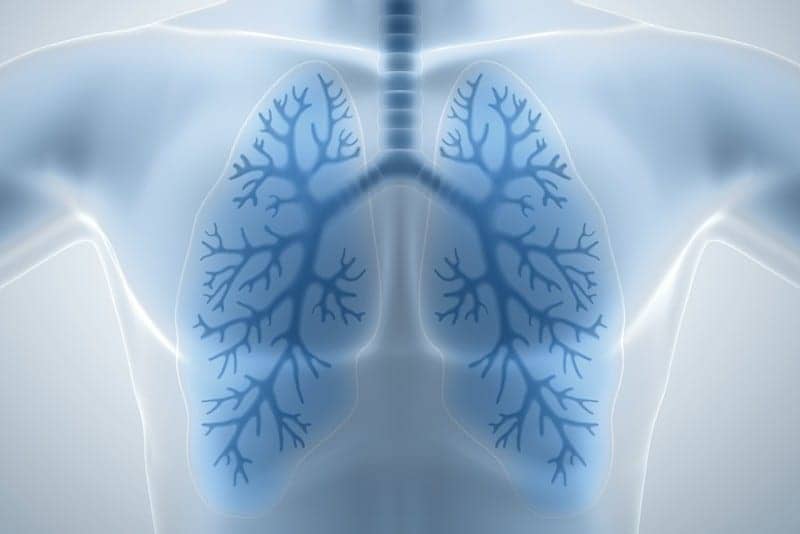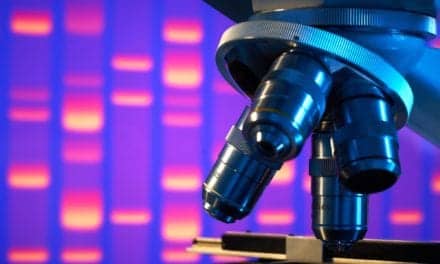Researchers have elucidated the novel disease processes involved in the development of pulmonary fibrosis, according to a study published in Nature Communications.
The scientists were able to show that the protein known as NEDD4-2 plays a key role in lung health and that loss of this crucial regulatory molecule has a significant impact on various mechanisms involved in the development of chronic progressive lung disease. These new insights may make it easier to further investigate the precise mechanisms involved in the development and progression of pulmonary fibrosis and enable researchers to develop new therapeutic approaches.
Working alongside colleagues from the German Center for Lung Research (DZL), Heidelberg University Hospital and the German Cancer Research Center, the team of researchers led by Marcus Mall, director of Charité’s Department of Pediatric Pulmonology, Immunology and Critical Medicine and Professor at the Berlin Institute of Health [BIH]), developed a novel animal model of idiopathic pulmonary fibrosis (IPF).
As NEDD4-2 is crucial for early development, the researchers only deleted the relevant encoding gene in lung epithelial cells once the animals had reached adulthood. The researchers examined the animals once they had reached a stage roughly comparable to the point at which the disease would be diagnosed in a human patient.
Oxygen saturation measurements taken at that stage revealed a level of lung function impairment which is characteristic of the disease. Using tissue sections and CT imaging to examine the lungs, the researchers also found evidence of patchy scarring, a type of structural abnormality which is indicative of fibrosis. The researchers found further evidence of the significance of NEDD4-2 in the pathogenesis of IPF: lung tissue biopsy samples of patients with IPF contained significantly reduced levels of both transcripts and proteins. Using mass spectrometry, the researchers then performed what is known as protein profiling, an analysis of the complete set of proteins produced in the lungs. This revealed a high degree of overlap between the proteins found to be expressed differently in the lungs of patients with IPF and in the animals used in this study.
“Our findings can help researchers to further investigate the pathogenesis and progression of this lung disease and develop new treatments. This model could prove useful for the preclinical testing of compounds with therapeutic potential, or to develop markers for the early detection of the disease,” says Mall.
When studying the underlying disease mechanisms, the researchers discovered that reduced levels of NEDD4-2 in epithelial cells result in epithelial remodeling in the airways. Not only are the different cell types present in different proportions, the cells also produce increased amounts of certain mucins.
When combined with changes in epithelial sodium transport and the resultant reduction in the volume of airway surface liquid, this will lead to impaired mucociliary clearance. Lack of NEDD4-2 also causes increased activity of the TGF? signaling pathway, which promotes the formation of fibrosis. Summing up the findings of the study, the study’s first author, Julia Dürr, says: “This means we were able to establish that a lack of NEDD4-2 is directly linked with mucociliary clearance dysfunction and the dysregulation of the TGF? signaling pathway. According to current state of knowledge, both of these play a role in the pathogenesis of IPF.”










